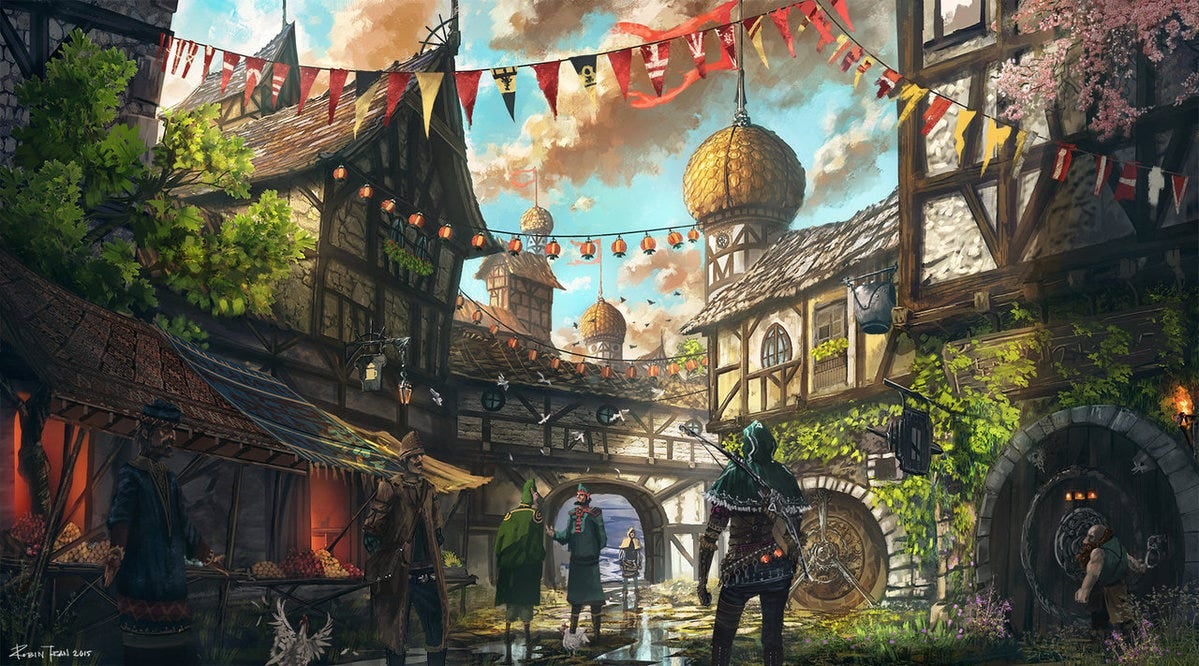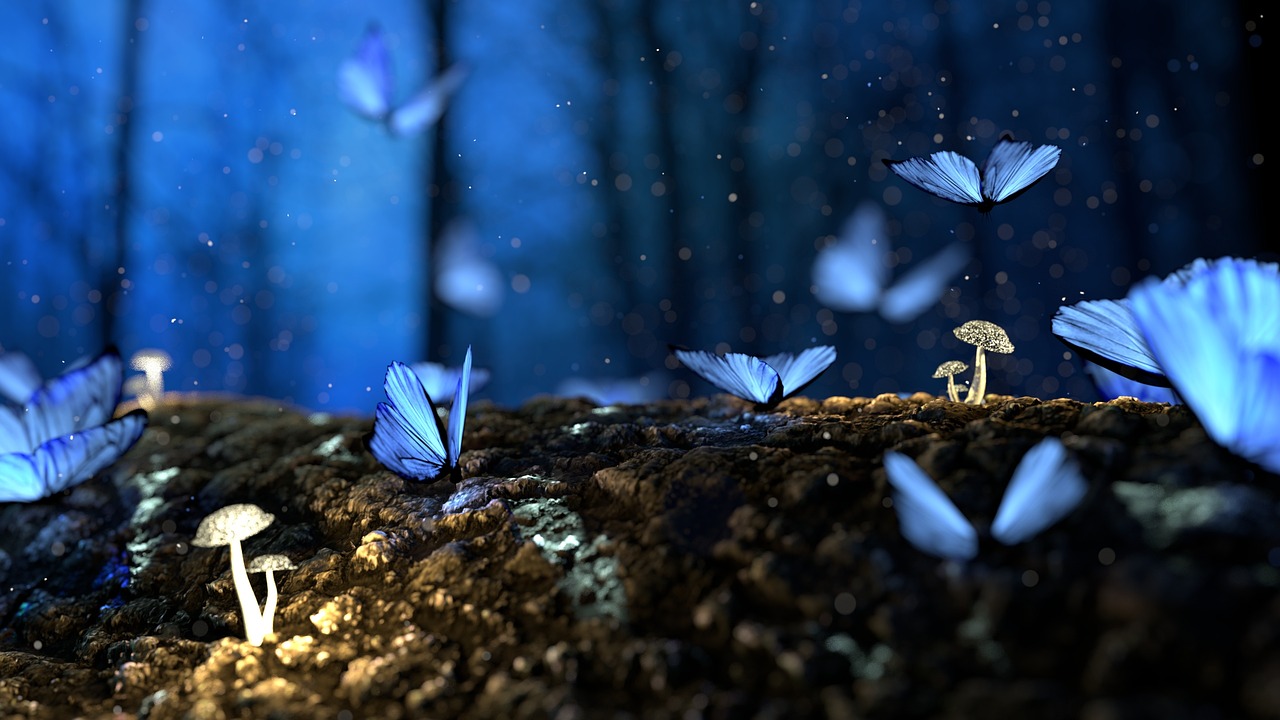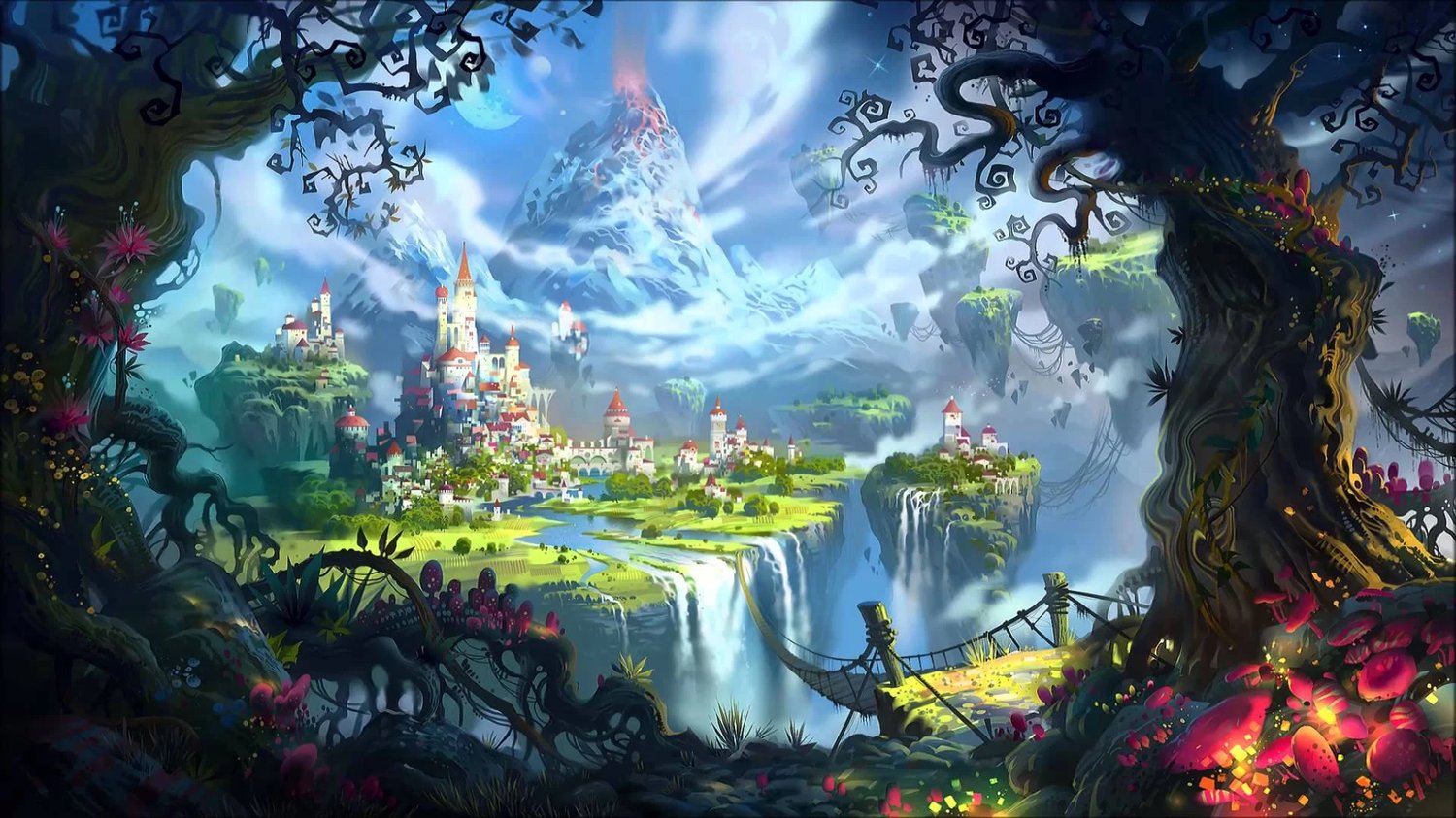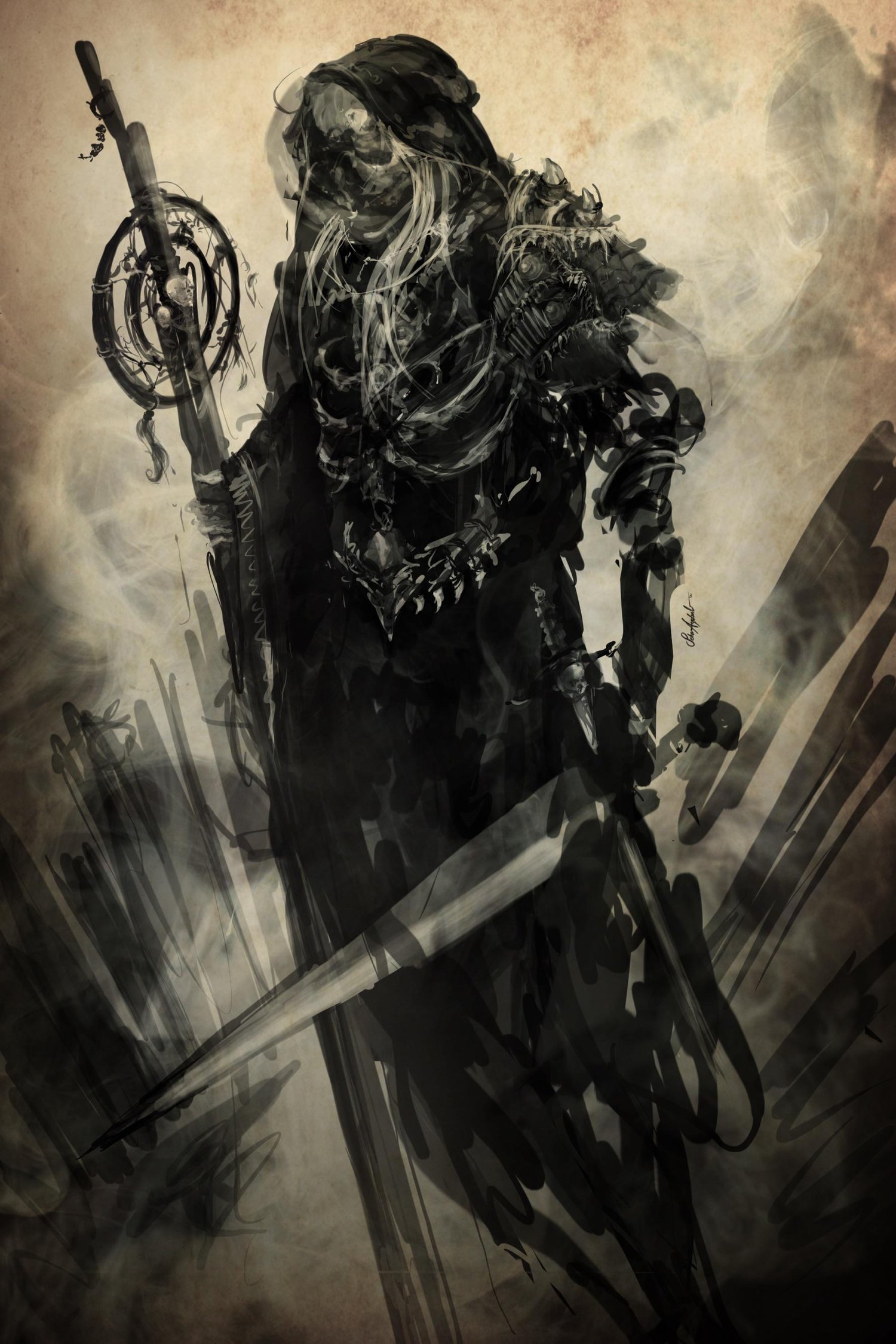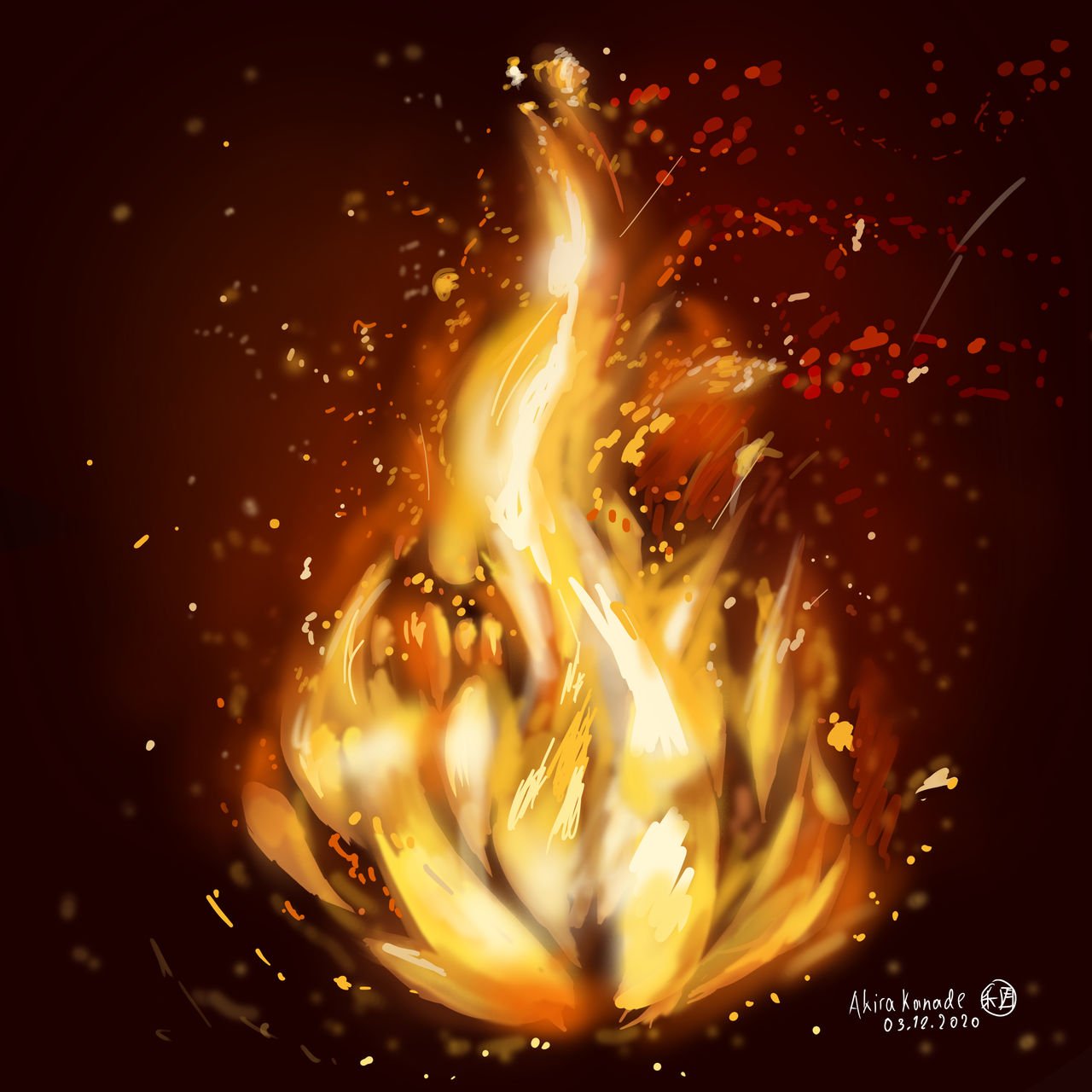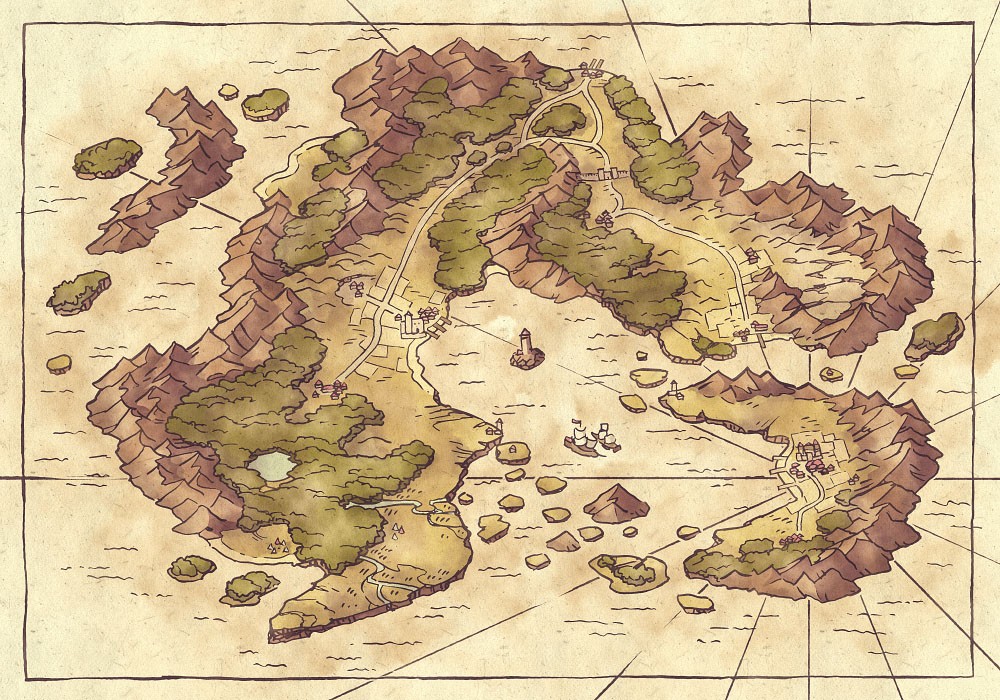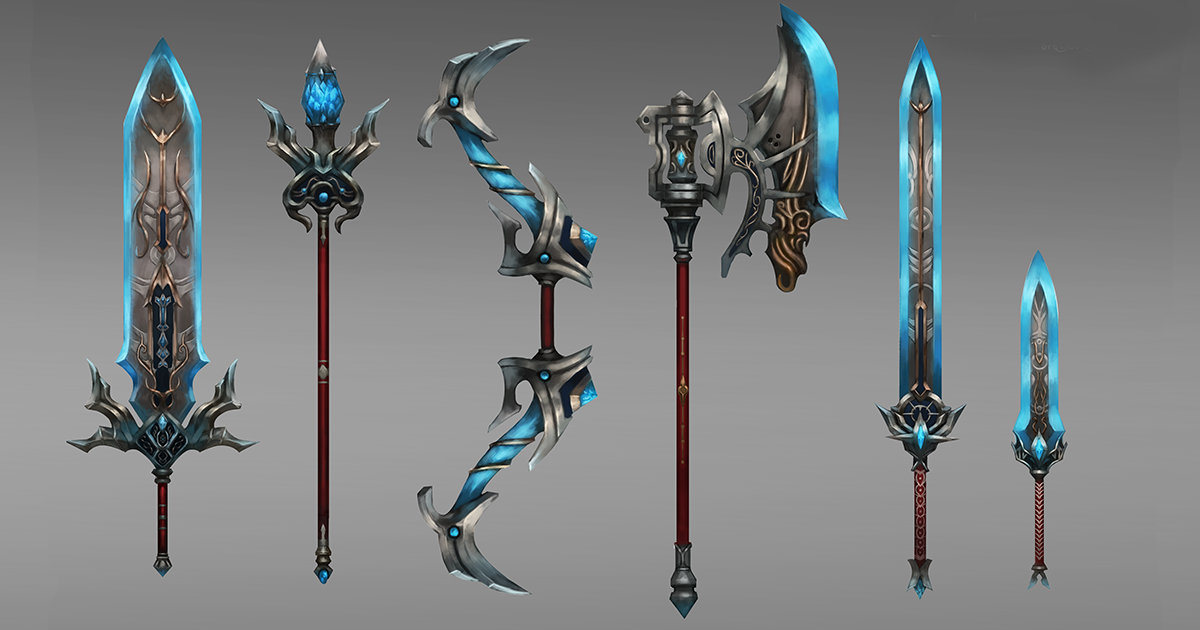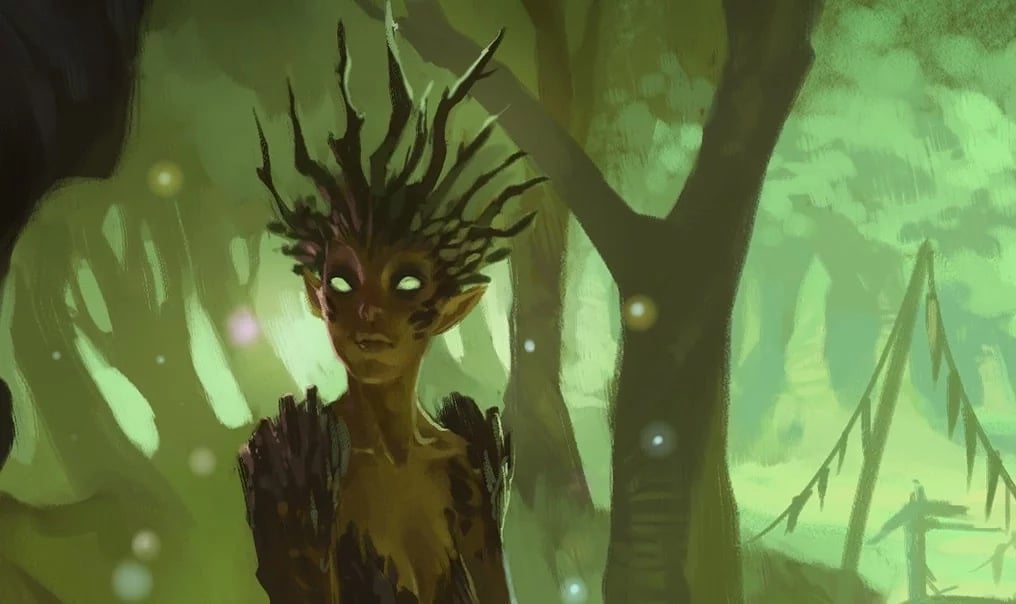Your character is sprinting down a dark tunnel, footsteps crashing against the hard stone and echoing all around. The tunnel opens wide, a ledge rapidly approaches – this is the lair! Your character slides to a stop and sees… what? Something awe-inspiring? Something terrifying? Perhaps both?
Fantasy creatures are nothing new. Monsters made from our imagination have been around as long as the humans who created them.
When it comes to inspiration, the greatest place to start is in the past and studying the legends that have inspired many an iconic story and influenced human civilisations. Every country in the world has its own myths and legends, and in turn, its own fantastical beasts. There are many inspired by Greek, Norse or Egyptian mythology.
As we excitedly plunge into the vibrant ocean of fantasy creatures, we should take a step back and try to understand what they bring to our stories.
Often a character’s interaction with a fantasy creature will form part of the plot. If we take the earlier example of the Hydra and Nemean Lion, Heracles daubs his arrows in the Hydra’s venomous blood and wears the impenetrable hide of the lion as a cloak. As you can imagine, both concepts have been used in numerous fantasy stories since.
1. Combine More Than One Magical Element
Let us take the story of the Nemean Lion mentioned earlier. The story uses a very real creature (a lion) but adds the small tweak of its golden fur being impenetrable.
We can do the same thing. What if we take a boar, but say its tusks can conjure lightning? If we want whimsy, what if a character has to catch a quite ordinary-looking mouse, but this mouse weighs as much as an elephant?
In a similar vein, many mythical creatures are mashups of two real creatures. The Chimera was depicted as a fire-breathing lion, with the head of a goat protruding from its back, and a venomous snake as its tail. What if we gave the horn of a rhino to a horse? What if we gave sharks wings? You get the picture…
2.You can make them human like or dangerous
Every creature you create is amazing. It could be an ice dragon or a type of Fae. It all depends on what you want. They can be humanoid and experience emotions that you character encounters or evil and animalistic in attacking you until you must fend for your life and kill it. Up to you.
3. Give Them A Home
Where does your monster live? In its own world? In ours? Or maybe both? Ask yourself what’s scarier, or a bigger challenge, for your characters. Having contrasting locations (much like foil characters) not only brings style to the story, but also provides parameters and boundaries for your creature. How the creature interacts with our own world will influence the plot, how it behaves, and ultimately how the hero will defeat it.
4. Ask Yourself If The Creature Is Even Needed (Or If You’re Just Having Fun)
Is your creature simply another barrier in your hero’s quest? Are they an integral part of that world? Are they crucial to the plot? Perhaps they’re only there to deliver a message to your reader (or even character).
Whatever their purpose, how and why you have created this fantastical being will change the attributes you give it and how/where it’s featured in your story. We all love a great monster, but a monster for a monster’s sake doesn’t make for a great story. In fact, it may do the opposite, and detract your reader so much from the main plot they stop caring about your hero altogether.
5. Use Nature To Inspire You
As the old adage goes, ‘fact can be scarier than fiction’. You don’t have to look far in the world of animals, plants and unusual habitats, to find inspiration. Mermaids have strong ties to manatees, vampires were inspired by bats, and even something as simple as Jaws, a shark that looks like a shark and acts like a shark but is just really big and really mean, was enough to make an entire generation scared of the water.
Fascinating creatures exist all over our natural world, especially in the depths of the ocean or in uninhabitable rainforests. So get searching and add some of nature’s wonders to your own monsters. Does your dryad have leaves for antlers or wear a silver cape?
Things to Think of:
-What does it look like?
-Where does it come from?
-Strengths and Weaknesses?
-How large is it?
-How old is the creature?
-How does it interact with people?
-Name?
-Are they the hunter or the hunted?
